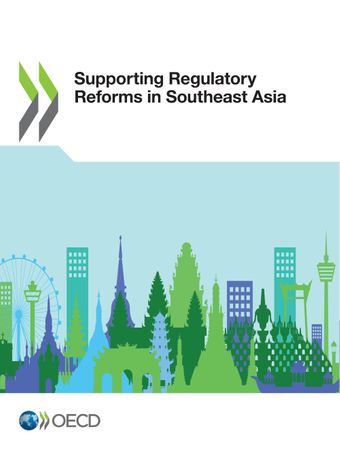Thailand

Supporting Regulatory Reforms in Southeast Asia
Regulatory reforms have long been a focus for Southeast Asian nations, often as a
way to improve the business climate and policy frameworks for trade and investment.
The recent COVID-19 pandemic has spurred countries around the world to review and
update their regulatory policies to respond to the current crisis and prepare for
the next one. This publication presents a snapshot of the current state of regulatory
reform across the region, with country profiles from all 10 Member States of the Association
of Southeast Asian Nations (ASEAN) highlighting practices in three priority areas:
whole-of-government initiatives, good regulatory practices, and use of digital technologies.
It also offers an analysis of common themes identified across the profiles, including
trends in regulatory reform, common challenges faced by countries, and future priorities
in the region. It was developed in collaboration with the members of the ASEAN-OECD
Good Regulatory Practices Network, and key regional partners including the ASEAN Secretariat
and the Economic Research Institute for ASEAN and East Asia (ERIA).
Available from October 18, 2022
TABLE OF CONTENTS
| Foreword | |
| Abbreviations and acronyms | |
| Executive summary | |
| Overview of trends in regulatory reform | |
Powered by OECD iLibrary